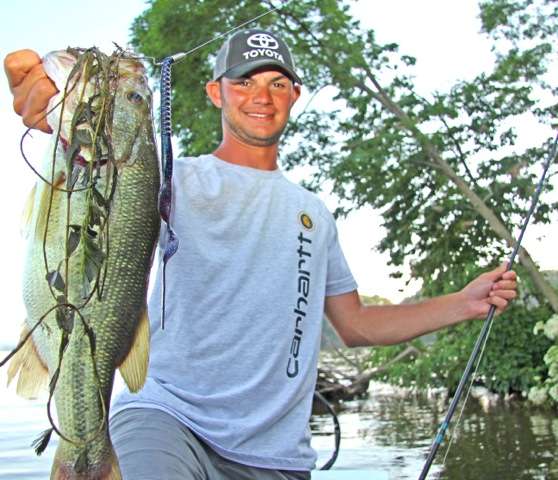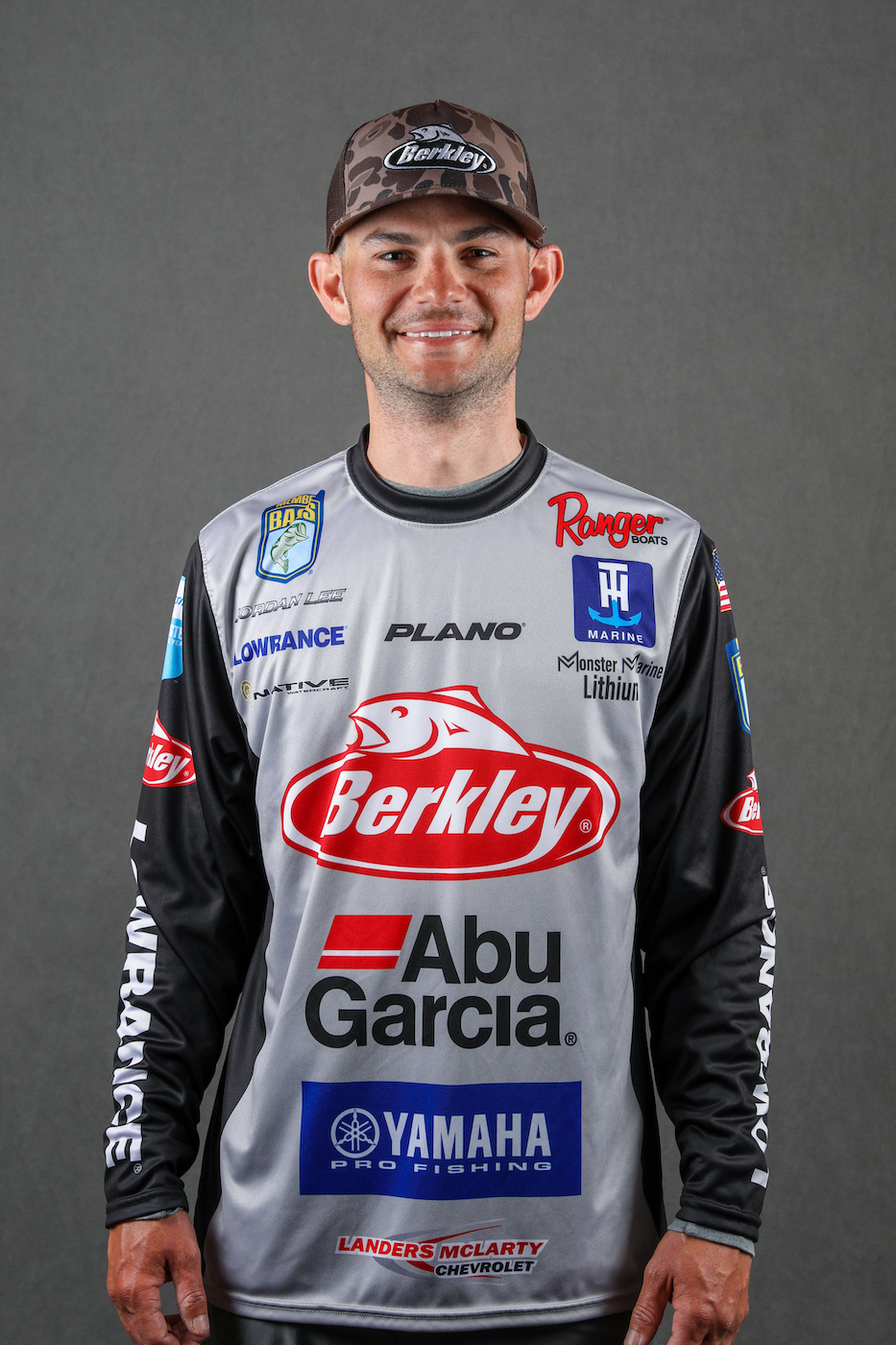
Plastic worms may very well be the most popular and proven bass fishing lure of all time, especially in warmer weather.
Surface temps on my home waters are about 84 degrees right now. That’s pretty darn warm and fairly typical at this time of year in Northern Alabama. But no matter where you live, lake temps are about as warm as they’ll be all year right now, and that cranks up a largemouth’s metabolism, which makes them want to eat a big meal.
In the same way Auburn is more likely to feed its offensive linemen big ol’ high protein sirloins instead of hot dogs at training camp this summer, don’t be scared to feed big bass a big ol’ worm.
If you’ve always used a 7-inch worm, now is the time to step up your game. Get yourself a bag of YUM 10-inch ribbontail worms in either plum, blue fleck or green pumpkin and prepare to feed the beast.
If you fish ponds, I’d focus on casting the big worm to the pond’s deepest sections, and if you’re fishing in lakes and reservoirs, then focus on weedlines or brushpiles in 15 to 25 feet of water.
Other than providing big bass a big meal, the other cool thing about Texas rigged plastic worms is that they make their way through thick aquatic vegetation and brushpiles without getting snagged better than just about any lure in your tacklebox.
What kind of habitat you’ll use this big worm in depends on what’s available in your favorite body of water. Some are thick with aquatic vegetation, and others have few or no weeds, and in that case, brushpiles are the deal. Whatever the situation, just be sure your worm is in contact with the weeds or brush. You should be feeling it at all times. If it’s swimming through open water, you’re probably not going to get a bite.
I would advise using 15-pound line, a 3/8-ounce worm weight, and either a 4/0 or 5/0 offset worm hook.
You’ll also need to make sure you’re using a large enough stick when using big worms. I use a 7-2 Shimano Cumara medium-heavy baitcasting rod. It will give you enough backbone to handle casting and setting the hook with these big lures, and the length helps pick up slack line from deeper water to get a firm hookset.
As far as reels for big worms, you’ll definitely wanna use baitcasting equipment; I prefer a Shimano Chronarch with a speedy 7.6:1 gear ratio, again, to pick up line fast from deeper water.
You’ll be amazed how many 14-inch bass will bite a 10-inch worm; you’ll get plenty of bites. But mostly, if you’re not afraid to go big and thread an oversized worm on your hook, you’ll be amazed at how many big bass, like 4- to 10- pounders, may just bite that 10-inch ribbontail in the heat of summer.
Originally published July 2014





